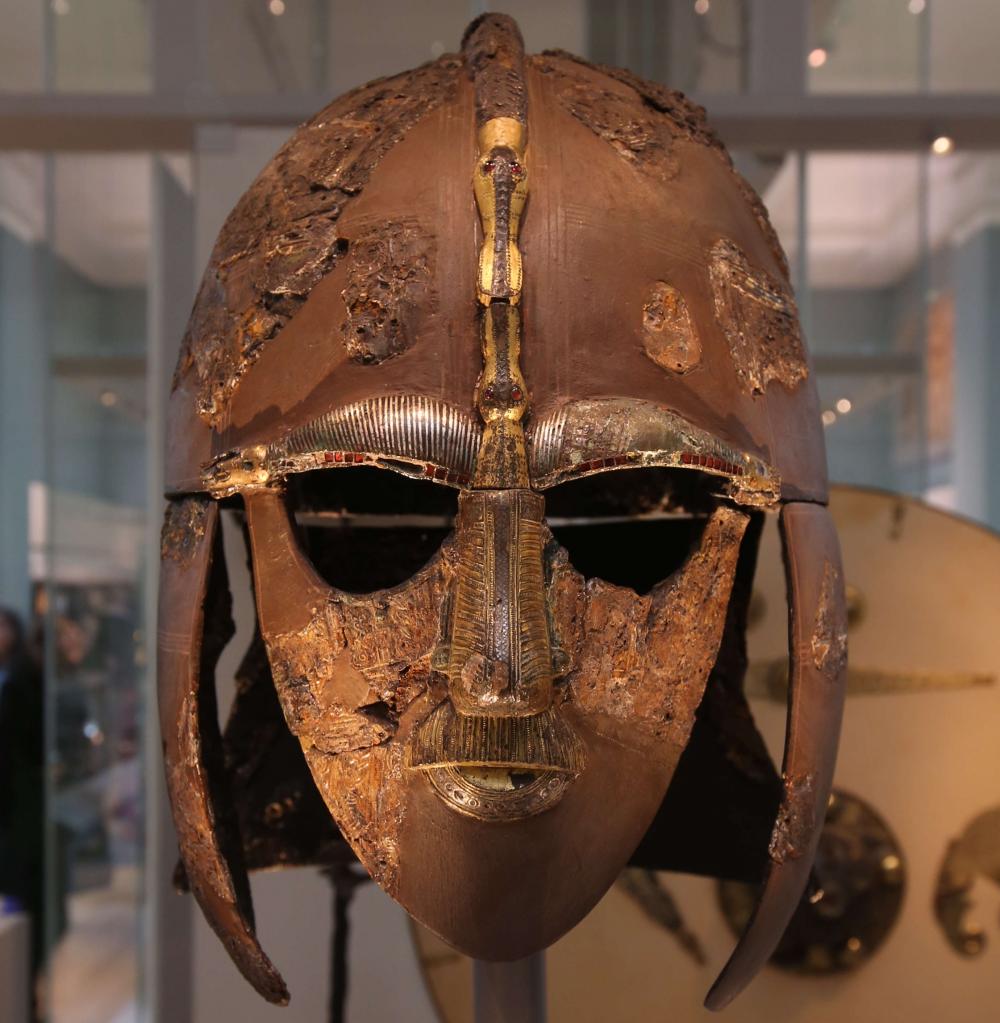British Economic and Social History, 380-1100

Paper 7 concentrates upon developments in the British Isles between 380 and 1100 in the economic, social, religious and cultural spheres, a period unprecedented for the degree to which the peoples of these islands interacted with, assimilated or resisted groups of warriors, settlers, traders and churchmen from across the seas.
As with Paper 2, a disproportionate emphasis is placed upon developments in England, but the central themes - social organization and social relations; the organization and practice of the religious life; the social and economic impact of Vikings and Normans; urban development; literacy and the use of the written word - are examined in relation to the shared or contrasting experiences of the peoples of Celtic-speaking Britain and Ireland.
The early part of the paper explores the extent of survival of the economy and culture of Roman Britain; the patterns and impact of Anglo-Saxon settlement; the organization of early medieval society in Britain; the consequences for lay society of the conversion of the Anglo-Saxons to Christianity, and the respective contributions by Continental and Irish missionaries to religious life and culture.
The paper then considers the longer-term impact of the conversion, developments in ecclesiastical organization, the interactions between religious and lay society, and calls for religious reform in the eighth and ninth centuries; the artistic and intellectual achievements of the 'age of Bede', and the social, cultural and economic impact of Viking invasion and settlement throughout the British Isles during the ninth and tenth centuries.
The later part of the paper draws upon a richer survival of written evidence to examine developments in late Anglo-Saxon society, such as relations between lords and peasants; the status and role of women; land-holding and law. It also assesses developments in agriculture, estate-management, trade and towns; the religious and intellectual achievements of the tenth-century monastic reform; clerical and lay literacy and the use of the written word, and finally, Domesday Book and the impact of the Norman Conquest upon the peoples, churches, economies and cultures of Britain.
The paper offers the opportunity to look closely (sometimes at first hand) at written sources (documentary and literary) and material evidence (e.g. metal work, coinage, pottery, manuscripts), by exploiting the exceptionally rich resources of the museums and libraries of Cambridge.
For further information please follow the link below.
This material is intended for current students but will be interesting to prospective students. It is indicative only.
